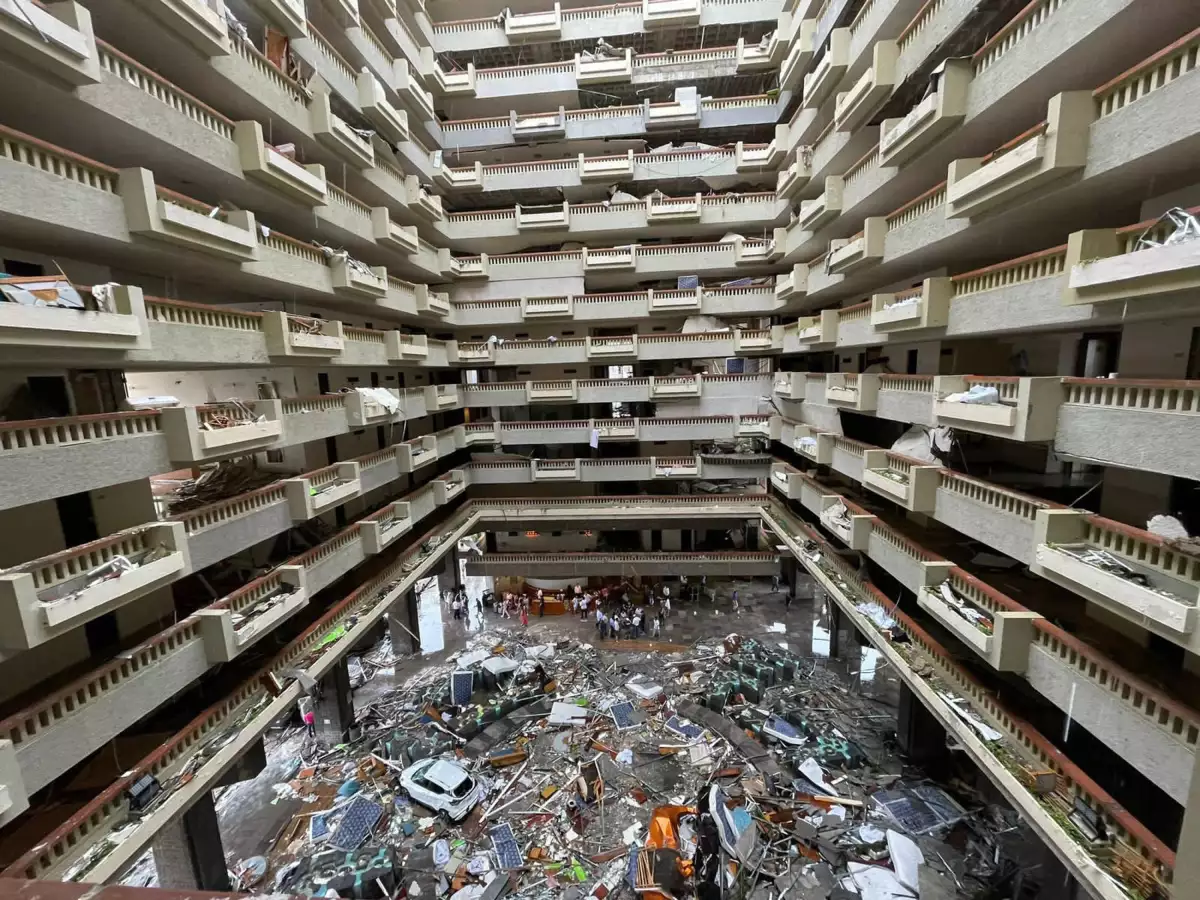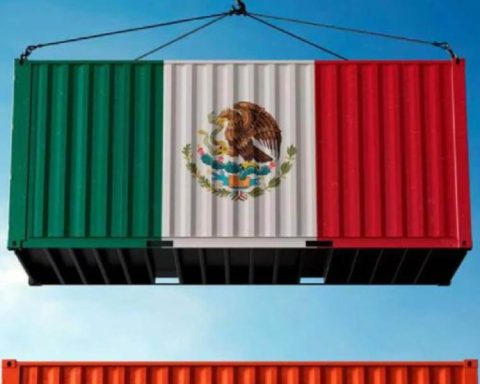Guerrero is a territory that is disputed up to 18 criminal organizations, including the Jalisco New Generation Cartel, the Independent Cartel of Acapulco, Los Ardillos, Guerreros Unidos, Los Tlacos, Cárteles Unidos, Familia Michoacana, Los Viagras, Los Rojos and Los Añorves, which have drug trafficking among their activities, kidnapping and extortion.
David Saucedo, a public security specialist, warns that Acapulco, in particular, has been a place in conflict for decades.
“The port of Acapulco has always been important since the nineties of the last century and was the object of furious fights for control of the plaza, which at the time was carried out by the Beltrán Leyva, Los Zetas and the Sinaloa Cartel. Since then, the port is a point where everyone wants a slice of Acapulco’s pie, due to the importance of the income it generates for organized crime,” he explains.
To try to stop an increase in violence, the government of President López Obrador permanently deployed 10,000 members of the National Guard, but their presence has not made it possible to shield the port.
“It was not enough because they only decided to deploy more force and to solve a problem as deep-rooted and complex as violence, more security elements are not enough; “Redesign and rethinking of the security strategy is required,” adds Rosas.
(Photo: Carlos Alberto Carbajal/Cuartoscuro)
A slow recovery
After the emergency due to “Otis”, the federal government implemented a plan for the recovery of Acapulco and the affected populations on the night of October 24 and early morning of October 25, 2023.
By land, then-president López Obrador traveled to Acapulco to measure the impact of the category five hurricane, and days later he announced 20 actions to serve the population with measures such as an advance in the dispersion of welfare programs, exemption from electricity payments, economic support for affected places, investments in public infrastructure, loans to small merchants, deployment of national guards and support for hotels and restaurants.

(darkroom)
For this reconstruction, the Natural Disasters Fund (Fonden) was not used, as in previous six-year terms, but rather the resources came directly from the government’s coffers, as former President López Obrador presumed at the time.
According to the Ministry of Welfare, 35,017 million pesos have been invested for the reconstruction of Guerrero, however, there are still several pending issues for the return to normality, among them, and as a priority, access to drinking water.
Jorge Camacho, political consultant and former candidate for governor of Guerrero, describes the reconstruction of Guerrero as late and notes pending issues, but also highlights some achievements.
“We continue to have a serious problem in the water supply port, today approximately 40% of the population still does not receive water through household intakes, water is being received by batch,” he explains.
The entity still has five enabled shelters in which, according to the most recent reports, there are 230 people who do not have the conditions to return to their homes.
80% of the hotels affected by Otis are already operating, which translates into 11,128 rooms and 229 open properties, according to the Secretary of Tourism, Simón Quiñonez.
Guerrero still could not recover 100% when “John” hit. This hurricane brought floods, destruction and new tasks for economic reactivation, which are already among the priorities of President Claudia Sheinbaum.
“There was a statistic that said that it could take 10 years for another large phenomenon to occur after a large phenomenon, however, the statistic has already been modified. In one year we had two large, very powerful natural phenomena that wreaked havoc. One with winds greater than the 300 kilometers per hour, which destroyed practically all of the hotel infrastructure and apartments, and the other with water levels that flooded,” adds Camacho.
Next Sunday, as part of his weekend tour, Sheinbaum will travel to Acapulco to give a general report on government actions due to Hurricane “John”… when there are still shortages derived from “Otis”.















